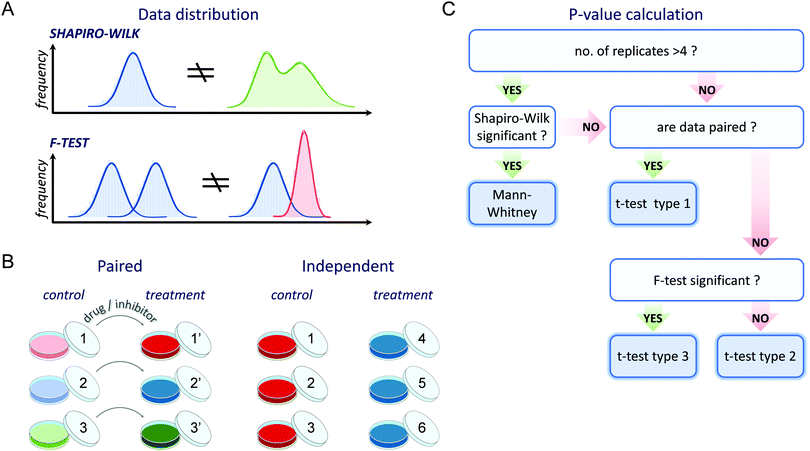I was having a look through the supplementary data and here's another item that I don't think we've covered, that seems weird. Page 6 of the supplementary data —
Somatization was evaluated with the Patient Health Questionnaire 15 (PHQ-15), with markedly increased scores in PI-ME/CFS participants (2.0 ± 2.6 versus 11.6 ± 4.6, p< 0.0001). Fatigue catastrophizing was greater in PI-ME/CFS participants (13.2 ± 5.8 versus 21.1 ± 6.9, p<0.0001).
No surprise pwME score highly on a
somatisation scale that looks at —
PHQ-15 said:
Stomach pain
Back pain
Pain in your arms, legs, or joints (knees, hips, etc.)
Menstrual cramps or other problems with your periods
Pain or problems during sexual intercourse
Headaches
Chest pain
Dizziness
Fainting spells
Feeling your heart pound or race
Shortness of breath
Constipation, loose bowels, or diarrhea
Nausea, gas, or indigestion
Feeling tired or having low energy
Trouble sleeping
But what's with the Fatigue Catastrophizing Scale? I would assume HCs should be close to zero, not 13.2, with pwME at 21.1.
Walitt et al reference as [80]
Fatigue in Women Receiving Adjuvant Chemotherapy for Breast Cancer: Characteristics, Course, and Correlates (1999, Journal of Pain and Symptom Management) —
Walitt said:
Fatigue Catastrophizing Scale: a measure of catastrophizing related to the fatigue experience; 80
That paper doesn't mention "Fatigue Catastrophizing Scale" but does use the word "catastraphizing" twice —
Along these lines, we recently demonstrated that reliance on catastrophizing as a coping strategy was associated with significantly worse fatigue among women with breast cancer previously treated with adjuvant chemotherapy.20 Demonstration of a similar relationship among women currently undergoing treatment would suggest that psychological interventions may also play a role in the treatment of chemotherapyrelated fatigue. By reducing reliance on catastrophizing and promoting more adaptive coping strategies, it may be possible to relieve patients’ fatigue and improve their quality of life.
The 1999 paper's methods record —
The Fatigue Scale from the Profile of Mood States (POMS-F) 18 is a widely used seven-item measure of fatigue severity. Respondents indicate on a five-point rating scale (0 5 not at all, 4 5 extremely) how well each adjective describes how they have been feeling during the preceding week. The POMS-F was included in the Home 1–3 questionnaires completed by all participants.
The Fatigue Symptom Inventory (FSI) 19 assesses the frequency and severity of fatigue as well as its perceived interference with quality of life. Frequency is measured as the number of days in the past week (0–7) respondents felt fatigued as well as the percentage of each day on average they felt fatigued (0 5 not at all, 10 5 entire day).
The Memorial Symptom Assessment Scale (MSAS) 21 assesses symptoms commonly associated with cancer and its treatment in terms of their prevalence, severity, and distress. The present study used a modified version which consisted of 26 symptoms including fatigue. Respondents rated each symptom in terms of its: a) presence/absence; b) intensity (0 5 absent, 3 5 severe); and c) distress or bothersomeness (0 5 not at all, 3 5 very much).
However a paper from Jan 2024,
Psychometric properties of the Fatigue Catastrophizing Scale in a general population and its clinical utility in schizophrenia and breast cancer patients (2024, Fatigue: Biomedicine, Health & Behavior), says —
The main measure of interest was the Fatigue Catastrophizing Scale (FCS), an adaptation of the Pain Catastrophizing Scale [17]. The word ‘pain’ was replaced with the word ‘fatigue’ in all 13 items of the scale.
[17] is
The Pain Catastrophizing Scale: Development and Validation (1995, Psychological Assessment)
(Pain isn't present in all 13 items so not a 1:1 mapping.) Anyhow, by a somewhat convoluted path, that would give us (in its originally stated matrix order and my italics for the mapping) —
Rumination
11. I keep thinking about how badly I want the
fatigue to stop.
8. I anxiously want the
fatigue to go away.
9. I can't seem to keep it out of my mind.
10. I keep thinking about how much it
exhausts me.
Magnification
13. I wonder whether something serious may happen.
6. I become afraid that the
fatigue may get worse.
7. I think of other
fatiguing experiences.
Helplessness
2. I feel I can't go on.
3. It's terrible and I think it's never going to get any better.
1. I worry all the time about whether the
fatigue will end.
4. It's awful and I feel that it overwhelms me.
5. I feel I can't stand it any more.
12. There is nothing I can do to reduce the intensity of the
fatigue.
For the 13 items, scoring would presumably be equivalent to —
The PCS instructions asked participants to reflect on past painful experiences and to indicate the degree to which they experienced each of 13 thoughts or feelings when experiencing pain on a 5-point scale from 0 (not at all) to 4 (all the time).
Those scoring above 24 and below 15 on the PCS, both at the time of screening and at the time of testing, were classified as catastrophizers (6 men and 9 women) and noncatastrophizers (9 men and 6 women), respectively.
So range is 0 to 52.
How does a healthy control score much >0 on that inventory?















